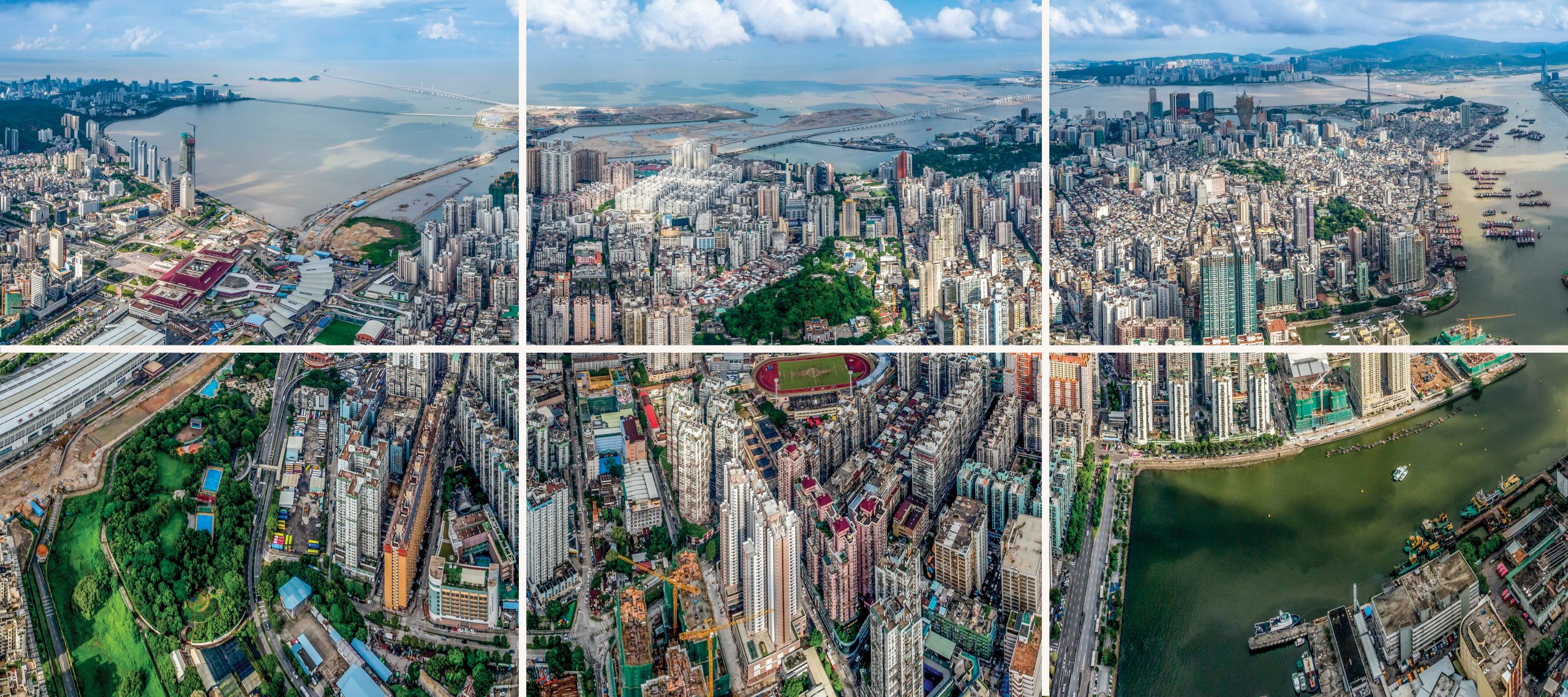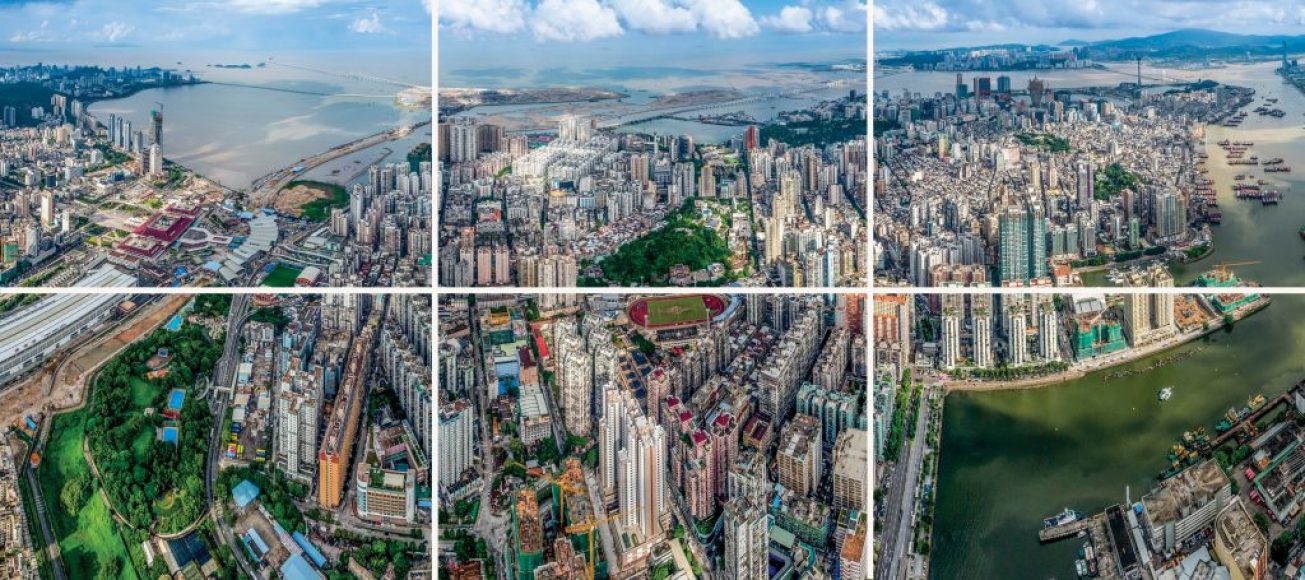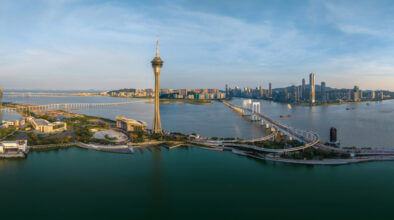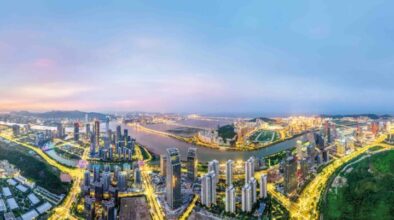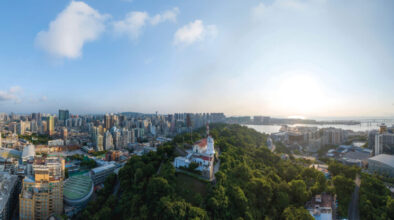Government reserves US$1.907 billion to invest in major projects
Most economic books combined with a little common sense, in general, state that governments and families should save in days of plenty so that when economic times change and the economy doesn’t have strong growth, countermeasures can be taken. Other actions can be taken to counter the downturn cycle or to bridge the shortfall capital gap. The end result is to withstand the tough years in the hope of a positive rebound in the economy.
During a normal economic growth period, public investment can act as the lever that allows private investment to develop and create new jobs. However, during a period of recession or even economic contraction, the main focus of the public investment is to use the monetary reserves that were put aside to help boost the economy in these leaner times. Thus, creating conditions to put the economy back on the path of growth and prosperity.
In Macao, the current definition of a “budget” is “a resource that assures the undertaking of administrative services and promotes benefits among the society’s population by means of revenues and outlays.” If a budget is viewed as the skeleton that keeps the body upright, then its respective investment plan is the set of vitamins that enable healthy and continuous growth of the organism, whether it is a society or human being.
The Investment and Development Expenditure Scheme known by the Portuguese acronym PIDDA is just a document or rather a set of charts in which the Macao government lists the projects deemed integral for the territory’s economy so that funds can be channelled directly to them.
Macao has experienced several financial quarters marked by a decline in gross domestic product. Some falls were quite sharp, due to the falling gaming revenue and local investments. Point in case, with the completion of various hotels, gaming and entertainment complexes, which experienced very low visitor turn out compared to previous years. The local government, therefore, is following the economics manuals by emphasising their efforts to shore up the territory’s economic wellbeing.
This is clearly manifested by the government’s decision to substantially increase the resources earmarked for the PIDDA in 2017. The programme counts an underlying financial plan amounting to MOP15.256 billion (US$1.907 billion), a rise of 37.82 per cent year-‑on-‑year.
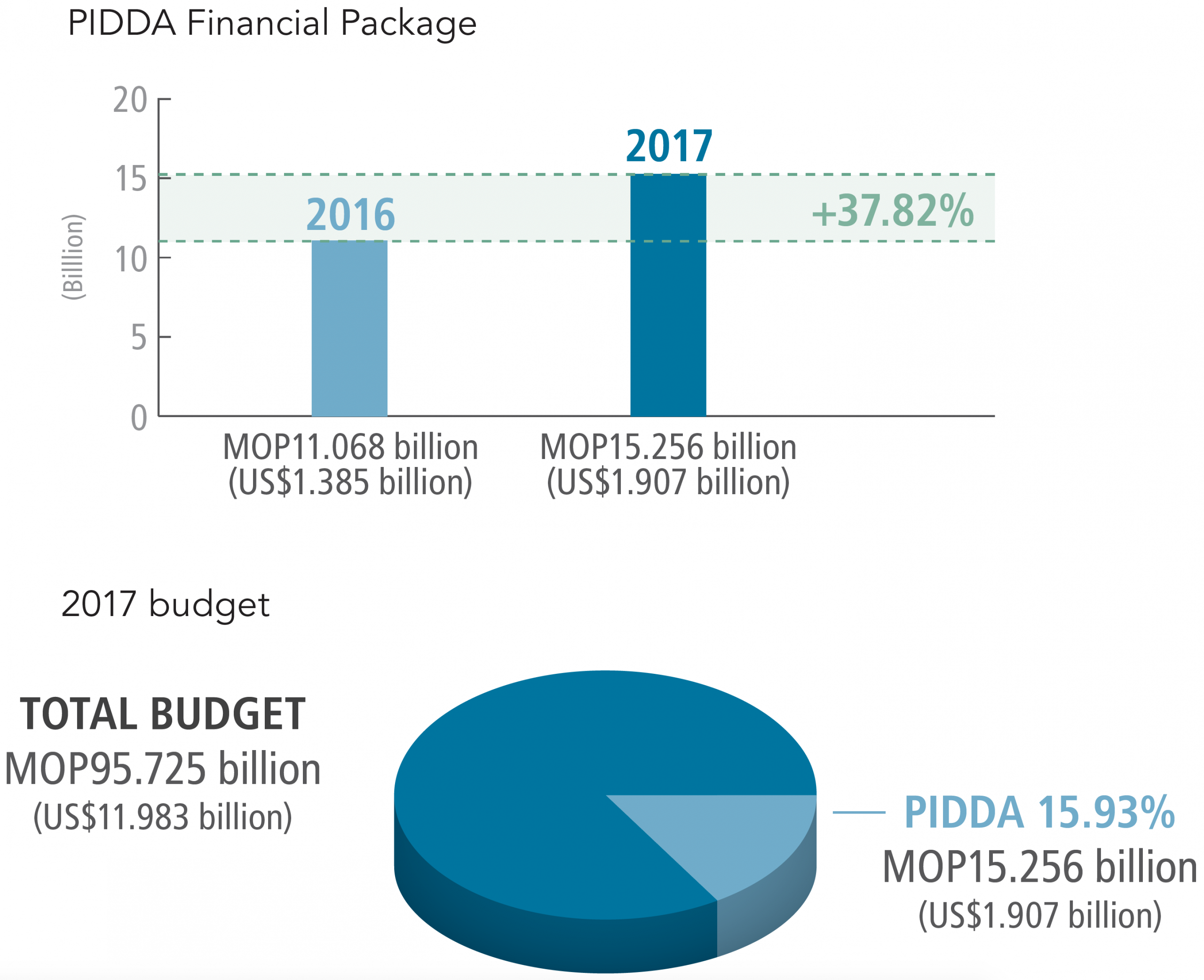
Furthermore, the PIDDA financial package’s share of the 2017 budget is 15.93 per cent, versus 13 per cent in the budget for the financial year 2016.
When Economy and Finance Secretary Leong Vai Tac addressed legislators during the debate on government policies lines for 2017, he paid particular attention to investment projects. Specifically, the larger ones, of which will consume more resources, such as the construction of the artificial border island for the Hong Kong-‑Zhuhai-Macao bridge, which was budgeted at MOP3.009 billion (US$376 million), and finally the public installation works, at MOP2.594 billion (US$324 million).
Breaking down these projects which run above MOP500 million, Leong Vai Tac specified that MOP1.677 billion (US$209 million) would be applied to Macao’s mass transport system, MOP1.238 billion (US$154 million) to the construction of roads and bridges, embankments and navigation channels. Then finally MOP1.164 billion (US$145 million) to public housing.
The year 2017 will reveal the extent of PIDDA planning and implementation of these projects. With major financial efforts assigned to the investment scheme, including the deliberate increase of shares in budget expenditure, everything indicates that the new year will witness the launch of a number of important projects that will help the territory play a more active role in development of its respective region. billion (US$376 million), and finally the public installation works, at MOP2.594 billion (US$324 million).
Breaking down these projects which run above MOP500 million, Leong Vai Tac specified that MOP1.677 billion (US$209 million) would be applied to Macao’s mass transport system, MOP1.238 billion (US$154 million) to the construction of roads and bridges, embankments and navigation channels. Then finally MOP1.164 billion (US$145 million) to public housing.
The year 2017 will reveal the extent of PIDDA planning and implementation of these projects. With major financial efforts assigned to the investment scheme, including the deliberate increase of shares in budget expenditure, everything indicates that the new year will witness the launch of a number of important projects that will help the territory play a more active role in development of its respective region.

